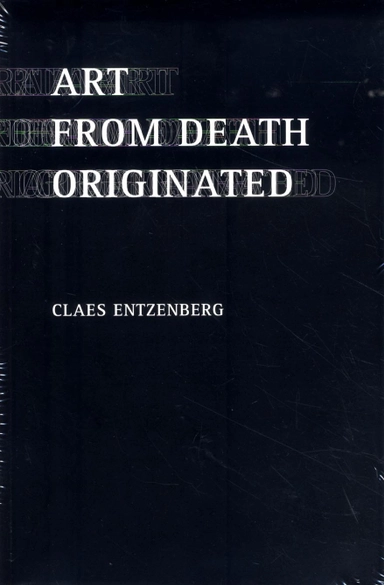Every artwork is the first and last of its kind. Nothing happens the same way twice. But if this is the case, then what limits can we impose on our understanding of the historical development of art? The poles in our conceptual schema of the development of art are analogous to human life, which is placed between two poles of non-existence. This schema is used in our understanding of art, interpretation, and metaphor. Being a complex part in the intersection between life and death, this becomes transposed from experiences to things, reified objects that can make the analysis of these entities cognitively respectable. To transfer them back to experience is to see them as part of our cultural understanding: the movement from death to life and back again is grounded in the dynamic tension between the creative/deviant and conventional/established sense-making determinations. "The effort to free up our thinking about art, and in particular our habit of thinking of artworks as material objects, should be central to any serious consideration of the relation between culture and society today. Claes Entzenberg makes a bold foray right into the heart of this issue, tackling the central notion of reification in connection with the concepts of life and death, and the idea of art as a necessary intermediary. I would urge anyone interested in approaches to aesthetics which encourage us to think outside today s sometimes suspiciously orderly boxes to pick up this book and enjoy the intellectual journey." Elisabeth Schellekens Appointed Chair Professor of Aesthetics at Uppsala University
Åtkomstkoder och digitalt tilläggsmaterial garanteras inte med begagnade böcker





















